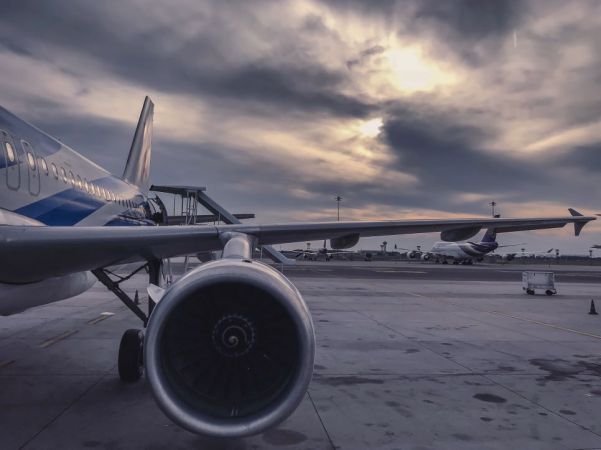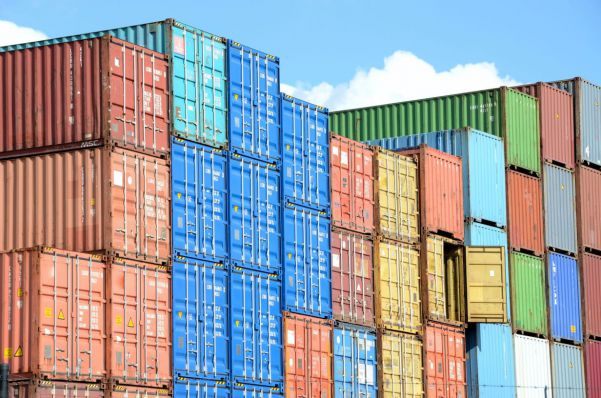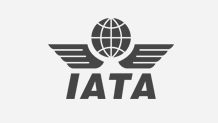Fracht Australia News - January / February 2023
16/1/2023
" I have not failed. I’ve just found 10,000 ways that won’t work."
- Thomas A Edison
AROUND THE WORLD
- CHINA – UPTICK IN SHIPPING DEMAND – The loosening of COVID restrictions in China has coincided with a “surprising uptick” in shipping demand. According to reports, some Chinese cities have eased controls following widespread anti-lockdown protests, with policy changes already being implemented in some cities. The upcoming Chinese New Year (CNY) holiday is expected to cause more delays than usual.
- ‘BADASS RIG’ – The first of a fleet of long-awaited Tesla Semi electric cab-over-engine trucks has completed its maiden cargo journey for PepsiCo. Tesla began production of 100 trucks, ordered by PepsiCo in 2017, in October. Its engineers have fought to overcome the main challenge of an all-electric truck design - the vehicle must haul the weight of lithium-ion batteries as well as that of its cargo.
- UPDATE ON INDIA, UNITED KINGDOM, and EUROPEAN UNION FTA’s – Negotiations for the Australia-European Union Free Trade Agreement (A-EUFTA) has been reported to possibly finish by mid-2023, but an operative date would be some time after that due to the treaty making process. The Australia – India Economic Cooperation and Trade Agreement (AI-ECTA) has seen tariffs on over 85% of Australian exports eliminated on 29 December 2022. Australia is very advanced in being ready to start the Australia-United Kingdom Free Trade Agreement (A-UKFTA). While the A-UKFTA passed the Australian Parliament in November, no start date has been announced yet.
- NEW DANGEROUS GOODS RULES will impact shippers and freight forwarders. In the world of dangerous goods, the end of a tumultuous and challenging 2022 does not provide the usual welcome break, as new regulations become effective on 1 January. The regulations operate on a two-year cycle, so the new road (ADR), rail (RID), sea (IMDG), and air (ICAO Technical Instructions) regulations begin to replace the old editions from January 2023.
- US TRUCKER SHORTAGE EASES - Truck drivers who struck out on their own during the pandemic are signing up with trucking firms again, and the shortage of truck drivers, widely seen as one of the biggest bottlenecks in logistics of that period, has eased. The American Trucking Associations estimates the US trucking sector was 78,000 drivers short last year, which is down from the record-setting 80,000 shortage of 2021.
SEAFREIGHT NEWS
- CONTAINER SHIPPING MARKET ON TRACK TO NORMALISATION, analysts say. The latest quarterly report published by shipping association BIMCO explores a return to normal for the container market and prospects for laid-up ships, longer hauls supporting strength in the tanker market and a slight improvement in supply and demand in the dry bulk market. Rates and prices have reportedly been driven down by lower demand and increased supply.
- SIGN OF THE TIMES as world’s largest box ship sails light on its maiden voyage. The 24,004 TEU (Twenty Foot Equivalent Unit) EVER ATOP transited the Suez Canal over the weekend on its maiden voyage to North Europe, apparently less than three–quarters full, evidencing the severe contraction in demand impacting the trade lane.
- OCEAN CARRIERS PLAN TO BLANK HALF THEIR SAILINGS from Asia post Chinese New Year (CNY). Against a background of extremely weak demand forecasts, ocean carriers are preparing to blank around half their advertised sailings from Asia to North Europe and the US after Chinese New Year on 22 January. High inventory levels in Europe and the US, coupled with uncertainty surrounding future consumer demand has seen orders cancelled or postponed.
- WORLD CONTAINER INDEX INCREASES for the first time in 43 weeks. Early January saw Drewry’s composite World Container Index increase by 0.7% to USD 2,135.16 per 40’ foot container – the first increase in 43 weeks. While the index increased that particular week, it is important to keep in mind that it has dropped 77% when compared with the same week last year. The latest Drewry WCI composite index is now 79% below the peak of USD 10,377 reached in September 2021.
- SHIPPING LINES PUT GROWTH AMBITIONS ON HOLD and look to defer newbuilds. Against a backdrop of increasingly pessimistic cargo demand outlook, ocean carriers are said to be in talks with shipyards to defer delivery dates for some of the 2.3m TEU of newbuild tonnage due this year.
- OCEAN CARRIERS FIND A WAY TO DEPLOY THEIR EXPANDING FLEETS – Ocean carriers are slowing down their ships and deploying extra tonnage on more robust routes as they endeavour to soak up surplus capacity, with the transatlantic tradelane, which has so far avoided the worst of the freight rate collapse, is seen as a good option.
- SCHEDULE RELIABILITY CONTINUES TO IMPROVE – Global schedule reliability improved in November, with the average delay for late vessel arrivals decreasing as well, according to the latest issue of the Global Liner Performance report by shipping analyst Sea-Intelligence. Global schedule reliability improved by 4.7 percentage points month-on-month in November and reached 56.6% according to the report. The report said that MSC was the most reliable carrier in November 2022, with schedule reliability of 63.4 %, with Maersk being second-most reliable with 61.7%. They were the only carriers above 60%.
AIRFREIGHT NEWS
- IATA PREDICTS 4% DROP IN AIR CARGO VOLUMES IN 2023 – Air cargo traffic is predicted to drop by a further 4% this year, while yields and revenue are also expected to weaken compared with last year’s levels. IATA’s head of policy analysis Andrew Matter revealed his expectations for cargo volumes to fall 4.3% year on year to 57.7m tonnes, following on from an 8.1% fall this year to 60.3m tonnes. He added that as a result of load factors returning to pre-COVID levels, yields are expected to decline by around 22% this year, following on from a 7% increase last year, a 24% increase in 2021 and a 50% increase in 2020.
- AIR CARGO STRENGHTENS AIRLINES – The International Air Transport Association (IATA) expects airlines to post billions in losses for 2022 but highlighted the strength of the air cargo industry. IATA expects airline net losses to reach USD 6.9 billion for 2022, an improvement on the USD 9.7 billion loss forecast in June’s outlook, and significantly better than losses of USD 137.7 billion in 2020 and USD 42 billion in 2021. Air cargo revenues played a key role in cutting losses, with revenues expected to reach USD 201.4 billion in 2022.

AUSTRALIAN PORTS
- AUSTRALIA TO INVESTIGATE SOARING PROFITS OF CONTAINER TERMINAL OPERATORS – Container terminal companies’ profit margins have soared since the start of the COVID-19 Pandemic to levels not seen for around a decade, according to the Australian Competition & Consumer Commission (ACCC). Its Container Stevedoring Monitoring Report 2021-22 reveals margins have surged by 14%, reaching levels last seen during the DP World / Patrick Terminals duopoly of a decade ago, and substantially higher than the 10% achieved in 2019-20.
CUSTOMER SERVICE
If you would like further information about any of the above items, please contact one of our friendly Fracht Team members at fracht@frachtsyd.com.au













